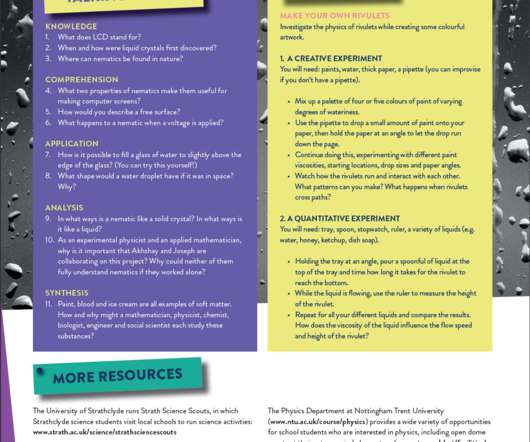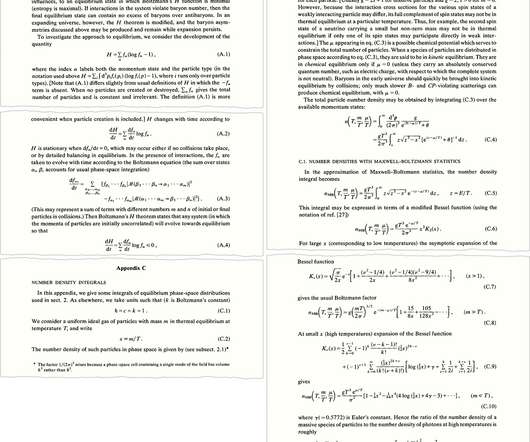Indoor STEM Activities for Kids
STEM Sport
DECEMBER 12, 2023
The Magic of Kitchen Chemistry Chemistry is all around us, especially in the kitchen! It’s a fantastic way to get students excited about science through hands-on learning. This edible activity introduces the magic of chemistry in food science and can easily be implemented at home or in the classroom.














Let's personalize your content